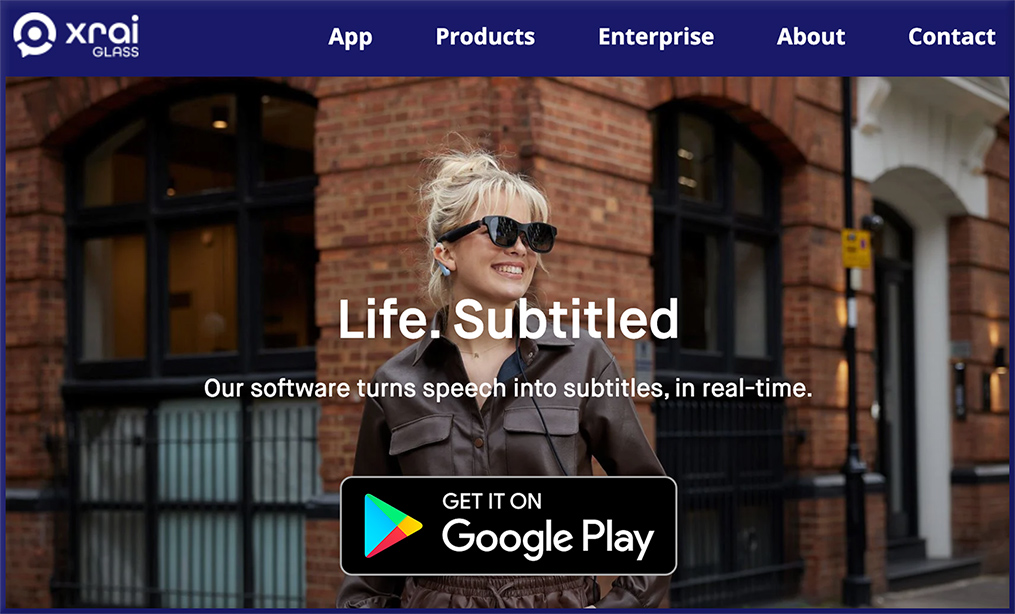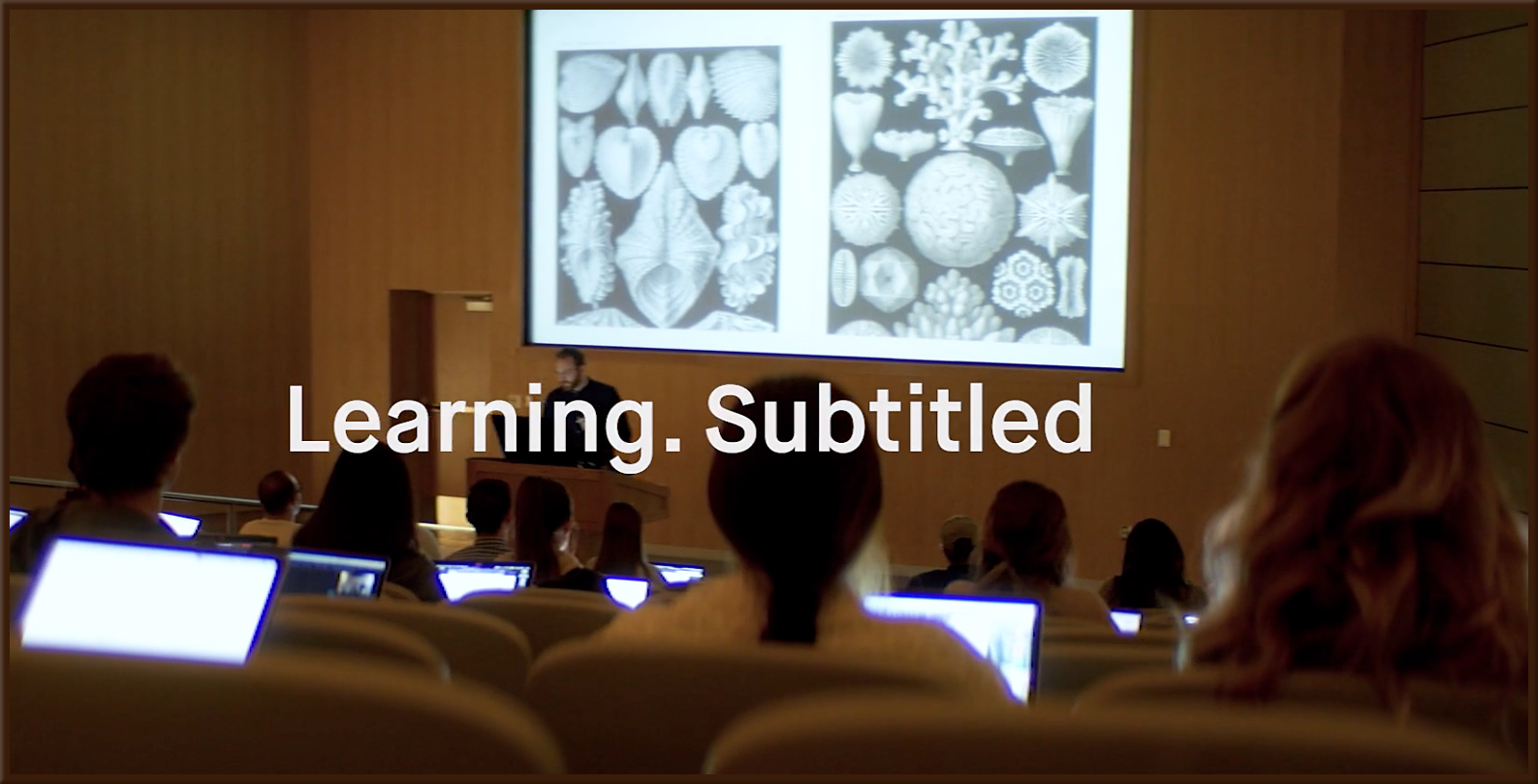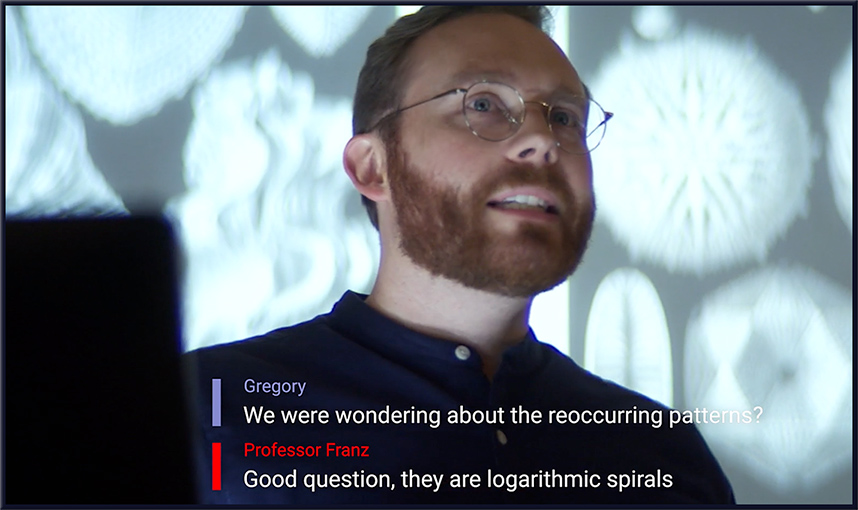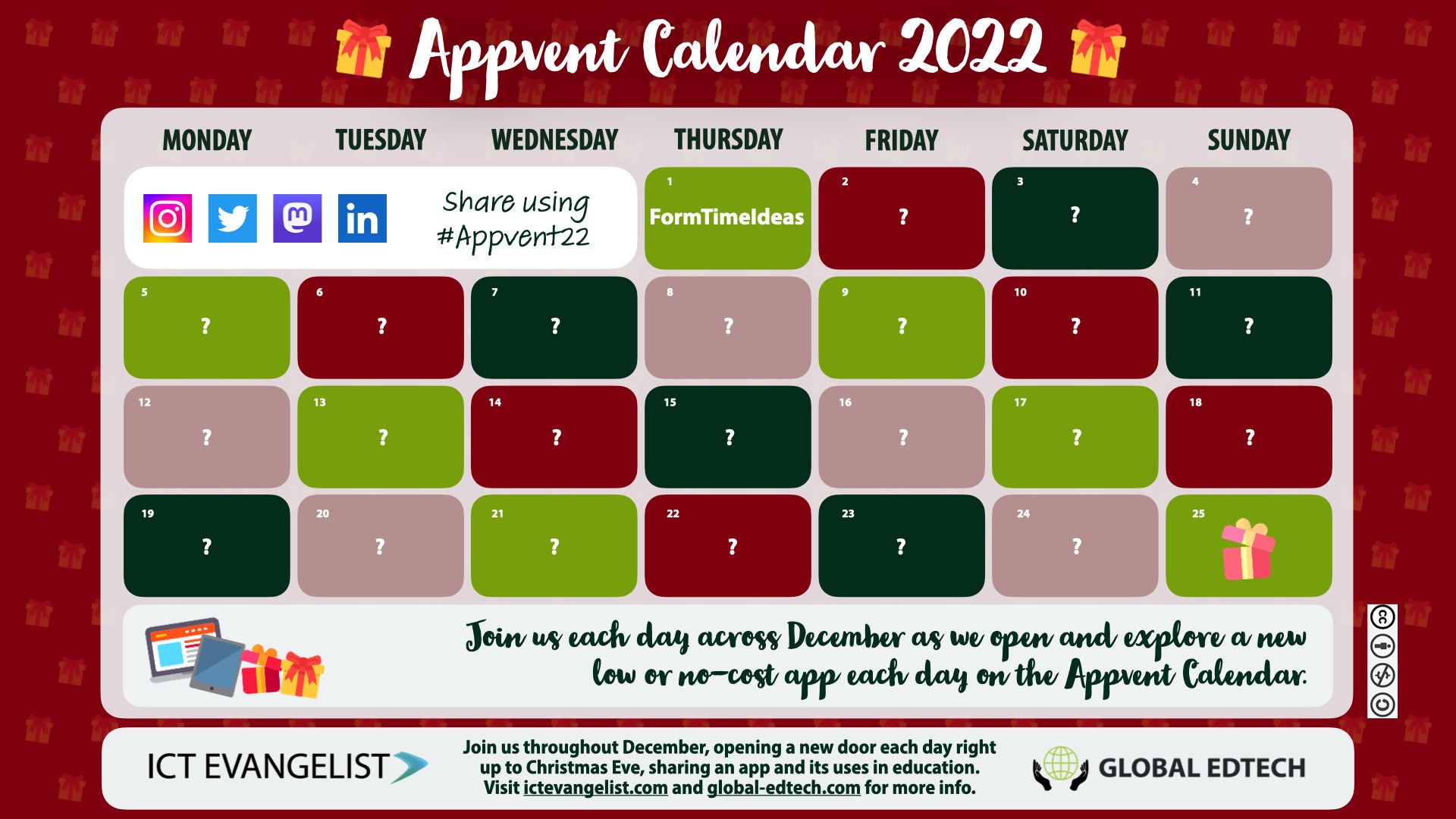From DSC:
For me, I wish politicians and legislators would stay out of the way and let public and private educators make the decisions. But if any politician is about to vote on significant education-related policies, laws, etc. — I would like to suggest that society require them to either:
- teach a K12-based class for at least one month
or - be in the classroom for the entire day to observe — and do this for at least one month
Perhaps we would have far less standardized testing. Perhaps we would have far more joy and wonder — for the teachers as well as for the students. Perhaps lifelong learning — and the love of learning — would get the wind in its sails that it so desperately needs.
.
From DSC:
Along these lines of enjoyment in everyday things, could this type of thing happen more within education?
Great idea! pic.twitter.com/udcL0nxbc3
— Buitengebieden (@buitengebieden) December 26, 2022
















.png)

